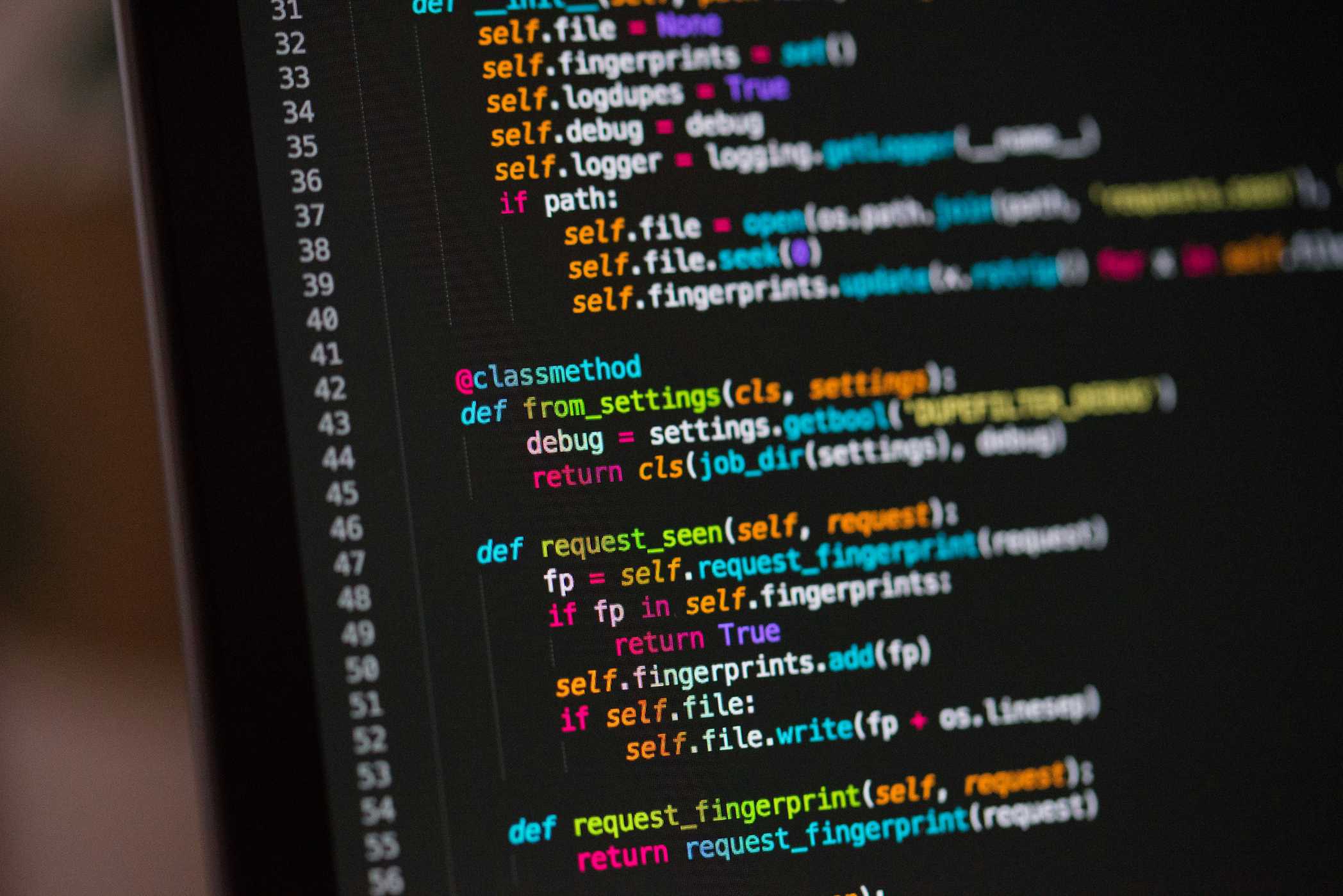Bitcoin Whitepaper Day: The Genesis of a Revolution
On October 31, 2008, Satoshi Nakamoto published the Bitcoin whitepaper, 'A Peer-to-Peer Electronic Cash System.' We explore its revolutionary ideas and lasting impact on finance and technology.

The Shot Heard 'Round the Digital World
Every year on October 31st, the global tech community celebrates more than just Halloween. It marks a pivotal moment in modern history: the publication of the Bitcoin whitepaper. In 2008, a pseudonymous entity known as Satoshi Nakamoto sent an email to a cryptography mailing list with a link to a nine-page document titled, "Bitcoin: A Peer-to-Peer Electronic Cash System." This was not just another academic paper; it was a blueprint for a financial revolution.
This document proposed a radical new form of money, one that was not controlled by any government, bank, or single entity. It was the birth of cryptocurrency and the genesis of the entire Web3 movement that would follow. On Bitcoin Whitepaper Day, we reflect on the simple yet profound ideas that set this revolution in motion.
What Problem Was Satoshi Trying to Solve?
To appreciate the genius of the whitepaper, it's essential to understand the context of its release. The year was 2008, and the world was in the throes of a devastating global financial crisis. Trust in traditional financial institutions was at an all-time low. Banks had proven to be fallible, and centralized systems had demonstrated their capacity for catastrophic failure.
Satoshi's paper identified a core problem of internet commerce: the reliance on trusted third parties. He wrote:
"Commerce on the Internet has come to rely almost exclusively on financial institutions serving as trusted third parties to process electronic payments. While the system works well enough for most transactions, it still suffers from the inherent weaknesses of the trust based model."
These weaknesses included:
- High Transaction Costs: Financial intermediaries take a cut of every transaction.
- Lack of Finality: Transactions could be reversed.
- Exclusion: Not everyone has access to traditional banking services.
- Censorship: A central authority could block or freeze transactions at will.
Satoshi's goal was to create a system for online payments that allowed two willing parties to transact directly with each other without needing a trusted third party.
The Key Innovations of the Bitcoin Whitepaper
The whitepaper introduced several key concepts that, when combined, created a secure and decentralized digital cash system.
1. A Peer-to-Peer Network
Instead of a central server, Bitcoin operates on a network of computers (nodes) distributed across the globe. All transactions are broadcast to this network, and every participant holds a copy of the transaction ledger. This decentralization makes the network incredibly resilient. There is no single point of failure and no central entity to attack or regulate.
2. The Blockchain: A Public Ledger
To solve the problem of "double-spending" (spending the same digital coin twice), Satoshi proposed a public ledger of all transactions, which he called the "blockchain." Transactions are bundled into "blocks," which are then cryptographically linked together in a "chain."
Once a transaction is added to the blockchain, it is practically impossible to alter. Any change to a previous block would alter its cryptographic hash, breaking the chain and being immediately rejected by the network. This immutability provides the finality that traditional systems lack.
3. Proof-of-Work: The Consensus Mechanism
How does the network agree on which transactions are valid and which block gets added to the chain next? This is solved by a mechanism called Proof-of-Work.
- Mining: Participants, known as "miners," compete to solve a complex mathematical puzzle.
- Winning the Block: The first miner to solve the puzzle gets to create the next block of transactions and is rewarded with a certain amount of newly created bitcoin.
- Security: This process requires an immense amount of computational power, making it prohibitively expensive for any single actor to try and take over the network. To cheat, an attacker would need to control more than 51% of the entire network's computing power, a feat of unprecedented scale.
Proof-of-Work was the breakthrough that made a decentralized, trustless network possible. It provided a way for the network to reach consensus without a central coordinator.
The Legacy: More Than Just Bitcoin
The publication of the Bitcoin whitepaper did more than just create a new digital currency. It introduced a new paradigm for building applications and organizing communities.
- DeFi (Decentralized Finance): The entire DeFi ecosystem, with its decentralized exchanges, lending protocols, and stablecoins, is built on the principles of peer-to-peer value transfer pioneered by Bitcoin.
- DAOs (Decentralized Autonomous Organizations): The idea of a network governed by its participants, not a central board, is a direct extension of Bitcoin's decentralized governance model.
- NFTs (Non-Fungible Tokens): The concept of verifiably scarce digital assets has its roots in Bitcoin's ability to create a unique, non-duplicable digital item.
A Timeless Document
Reading the Bitcoin whitepaper today is a remarkable experience. It is clear, concise, and incredibly prescient. In just nine pages, Satoshi Nakamoto laid out a complete and elegant solution to a problem that had stumped cryptographers for decades.
On Bitcoin Whitepaper Day, we celebrate not just a technical document, but a declaration of principles: the idea that individuals should have control over their own financial lives, that trust can be built through code and mathematics, and that a more open, transparent, and equitable financial system is possible. The revolution that started with this paper is still in its early innings, and its full impact is yet to be seen.



